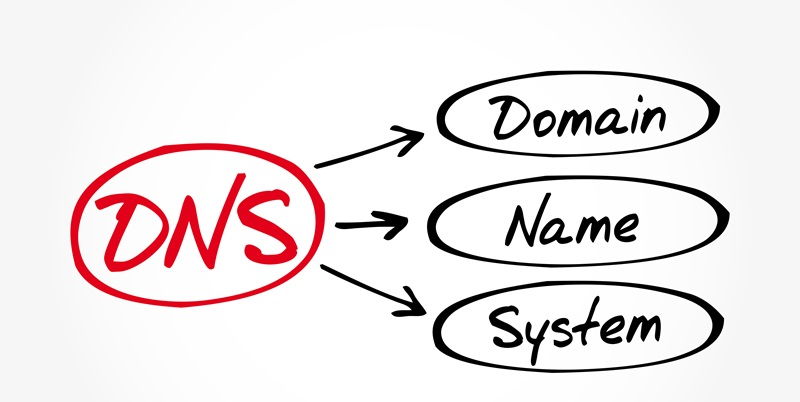The Domain Name System (DNS) is a critical component in vulnerability research and pentesting, decoding human-readable domain names into IP addresses. In this article, we will explore the importance of DNS in these practices and how analyzing DNS can unveil potential attack vectors, provide insights into network infrastructure, and introduce PolarDNS, a free DNS server developed by Oryxlabs specifically for vulnerability research and pentesting.
The DNS plays a pivotal role in vulnerability research and pentesting by translating domain names to their corresponding IP addresses. This translation assists in identifying network assets, assessing their security posture, and discovering potential weaknesses that can be exploited.
Potential Attack Vectors through DNS Analysis
Analyzing DNS data allows security professionals to uncover subdomains associated with a target domain. Subdomain enumeration aids in identifying potential entry points and attack surfaces that attackers can exploit.
DNS misconfigurations, such as incorrect DNS records or improperly secured DNS servers, can leave a network vulnerable to attacks. By analyzing DNS, pentesters can pinpoint misconfigurations that could be exploited by attackers.
DNS-related vulnerabilities, such as DNS amplification, cache poisoning, or DNSSEC implementation flaws, can be identified through DNS analysis. Understanding these vulnerabilities enables pentesters to assess the overall security posture of a network.
Insights into Network Infrastructure through DNS Data
DNS data offers valuable insights into network infrastructure, aiding in the mapping of potential targets. By analyzing DNS records, pentesters can identify IP addresses, network subnets, and other network assets that can be leveraged in vulnerability research and pentesting.
Introduction to PolarDNS
Oryxlabs has developed PolarDNS, a free DNS server designed specifically for vulnerability research and penetration testing. This tool assists operators in generating fully customized DNS responses for various testing purposes.
Features and Capabilities of PolarDNS
PolarDNS allows operators to create custom DNS responses tailored to specific testing objectives. This feature enhances the flexibility and efficiency of vulnerability research and penetration testing activities.
By leveraging PolarDNS, pentesters can assess the security and reliability of DNS resolvers on the server-side. This capability helps identify potential vulnerabilities or weaknesses in DNS infrastructure.
Utilizing PolarDNS for the Identification of Security Flaws
PolarDNS aids in identifying misconfigurations related to DNS, which may leave a network vulnerable to attacks. By identifying these flaws, pentesters can provide actionable recommendations to enhance the security posture of the network.
PolarDNS empowers pentesters and vulnerability researchers to identify potential weaknesses in DNS infrastructure that might be exploited by attackers. This insight allows for proactive security measures to be implemented to mitigate risks.
Technical Details of PolarDNS
PolarDNS has been developed using Python 3.x, making it easily accessible and customizable for pentesters and vulnerability researchers.
PolarDNS offers a user-friendly interface, ensuring effortless access and seamless customization based on specific testing requirements. Its intuitive design enhances the efficiency of vulnerability research and penetration testing processes.
PolarDNS has emerged as a valuable tool for professionals in the field of vulnerability research and penetration testing. By leveraging this free DNS server, security experts can unveil attack vectors, map networks, identify security flaws, and enhance the overall security posture of organizations. PolarDNS, with its customizability and accessibility, provides a reliable and efficient solution for conducting DNS testing, revolutionizing the field of vulnerability research and penetration testing.

